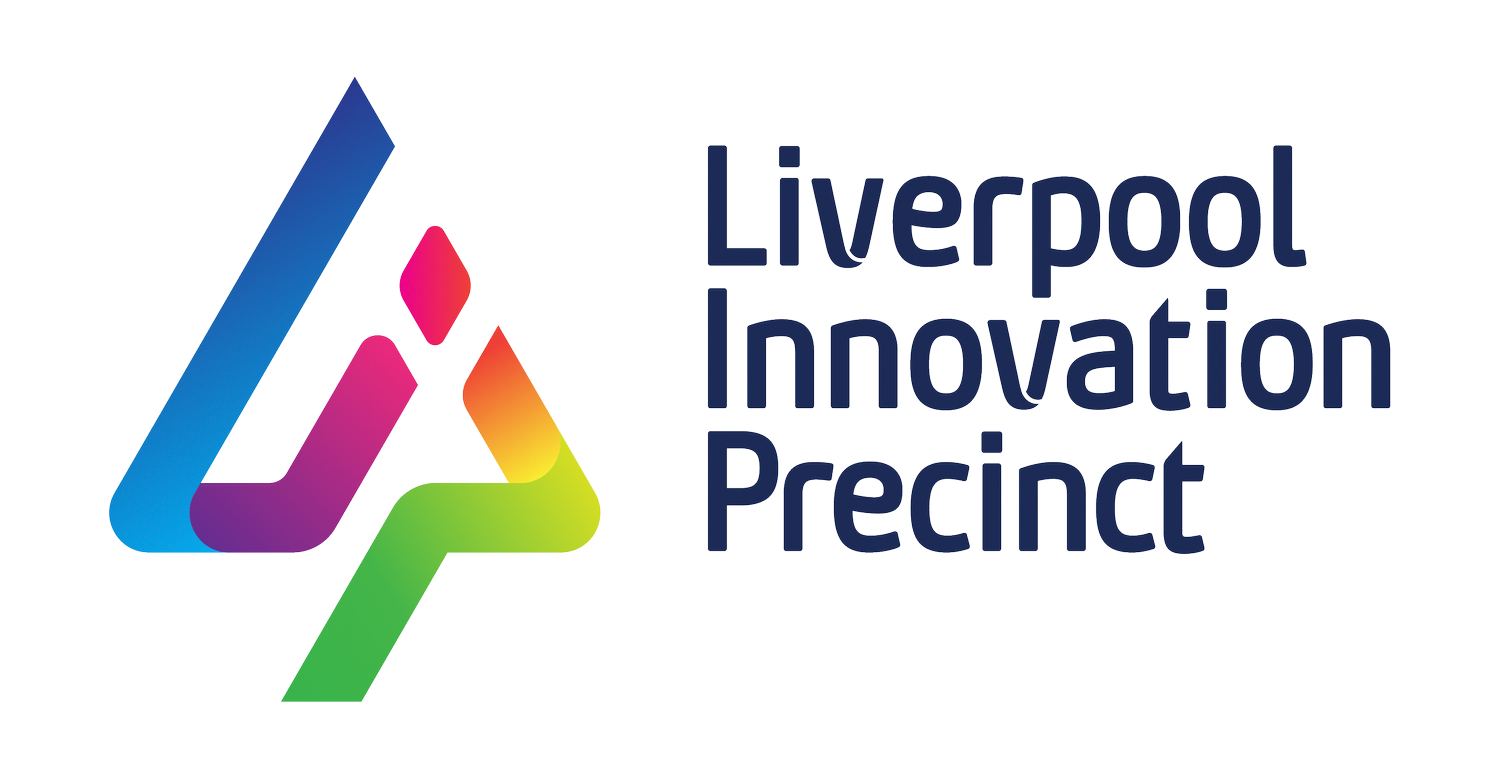A plan to turbocharge Liverpool as an economic and jobs hub
The master plan that sets out how the booming city of Liverpool in Sydney’s south west will maximise the NSW Government’s $740 million Liverpool Hospital redevelopment was launched today.
The NSW Minister for Planning and Public Spaces, Rob Stokes officially launched the Land Use Analysis and Precinct Strategy at Liverpool’s flagship research hub, the Ingham Institute for Applied Medical Research.
David Borger, Independent Chair of the Liverpool Innovation Precinct said key organisations in health, education, research and business would drive the joint vision on the transformation of Liverpool into a world leading innovation precinct.
“This strategy is about presenting potential investors with a united vision that says Liverpool is open for business and ready to work with international technology, medical and innovative organisations,” Mr Borger said.
“Liverpool has one of the country’s largest hospitals and a major employer right in the heart of its CBD. In recent years, we have seen a migration of major health institutions moving into Liverpool to take advantage of the prime position next to retail, residential and a major transport hub.
“It also has a number of public and private schools, a medical research institute and a growing university and TAFE offering that can all be integrated into a dynamic health, education, research and employment precinct for Sydney’s south west.
“The Liverpool strategy also incorporates a partnership model that delivers extra capabilities not easily sourced in other innovation and start-up programs, which will result in accelerated validation and commercialisation of high value health and medtech products and services.”
Mr Borger said Liverpool’s strategic location near the Western Sydney Aerotropolis and future plans to extend Sydney Metro South West from the city to Bankstown would strengthen the connection to the Sydney CBD and other Australian and international destinations.
“The major institutions of Liverpool have demonstrated an enthusiastic attitude to collaborating on a plan to position Liverpool as a centre that can be a leader in innovation and research in areas such as robotics and cancer,” Mr Borger said.
Download the Land Use Analysis and Precinct Strategy.
Supporting comments from the Liverpool Innovation Precinct partners:
Clr Wendy Waller, Mayor, Liverpool City Council:
“The Liverpool Innovation Precinct is a vital part of Liverpool’s emergence as Sydney’s Third CBD.
“We are tapping into the aspirations of a great community of people – people who want a quality education and a stimulating life for themselves in a thriving part of Sydney.
“Sydney’s axis has shifted towards the west and we as the capital of the South West are leading the charge. The new international airport and its Aerotropolis will be game changers for this part of the world.”
Amanda Larkin, CEO, South Western Sydney Local Health District:
“This is a once-in-a-lifetime opportunity to reimagine how we create a magnificent health and research precinct which will attract the brightest minds in the world.
“It will be a hub where our top universities and the Ingham Institute work together with our hospital to provide innovative research, training and safe and high-quality care for our thriving community.’’
Professor Barney Glover AO, Vice-Chancellor and President, Western Sydney University:
“Western Sydney University is proud of its long history of supporting Liverpool's educational, health, business and community development, spanning almost three decades.
“As the University plans to expand its presence in Liverpool we are pleased to collaborate with other world-class institutions to develop the Liverpool Innovation District and play a role in Liverpool's growth as one of Australia's most technologically connected, internationally engaged and culturally vibrant cities.”
Rodney Phillips, Pro Vice-Chancellor (Health), UNSW:
“UNSW, Sydney has had a strong connection with Liverpool Hospital for more than 30 years and is enormously proud of the patient care and research outcomes that this close association has enabled.
“UNSW looks forward to partnering with others to see clinicians emerge and thrive in this aspirational Health and Academic Precinct.”
Michael Cullen, Regional General Manager, TAFE NSW:
“TAFE NSW is an integral part of the Liverpool city centre and has been an active participant in plans to harness opportunities that generate jobs in the health sector, and related support industries. The Strategy will provide TAFE NSW students with ongoing opportunities to learn hands-on skills relevant to employment opportunities in the local area.
“TAFE NSW is positioned to capitalise on the momentum generated from the growth of the Liverpool Innovation Precinct to train the workforce of the future, in concert with industry partners.”
Darryl Harkness, CEO, Ingham Institute for Applied Medical Research:
“Bob Ingham founded the Ingham Institute to attract the very best clinicians to Liverpool and to enable world class research addressing health issues in our local communities.”
“We already have a strong history of collaboration and partnerships in Liverpool between the Local Health District, University of NSW and Western Sydney University and many others, ensuring we deliver on Bob’s vision.
“The Land Use Strategy we are launching today is about taking those partnerships to the next level through integration and greater knowledge sharing which will ultimately lead to even better research, job creation and most important of all better patient outcomes.”
Keith McDonald, CEO, South Western Sydney Primary Health Network:
“The Liverpool Innovation Precinct presents a wonderful opportunity to improve wellbeing and economic potential of the region, using health innovation and research as a fundamental enabler.
“The precinct will develop an integrated health neighbourhood, and leverage the vibrancy and strengths already existing in the region. Ground breaking solutions, like interoperable ICT, will enable primary health care in unprecedented ways, and lead to implementation of world class healthcare integration for our communities benefit.”
